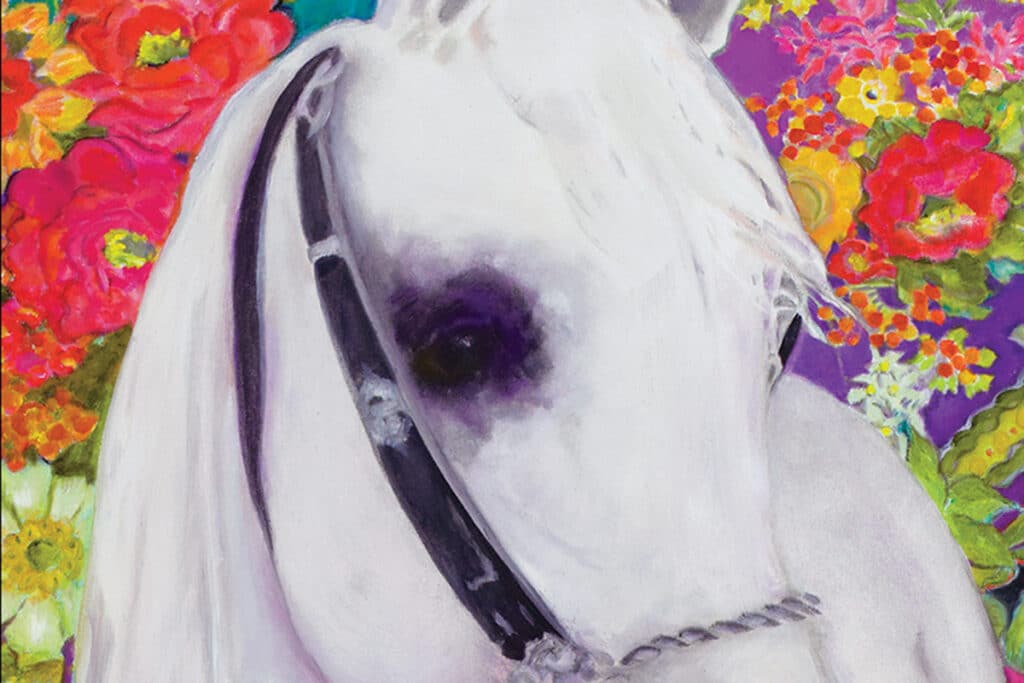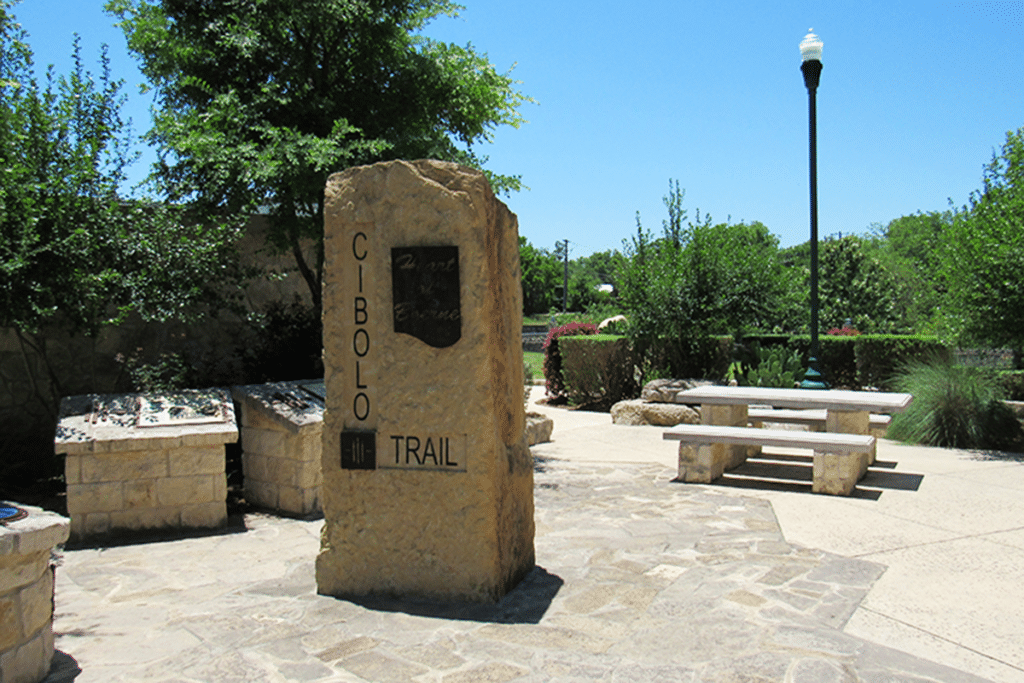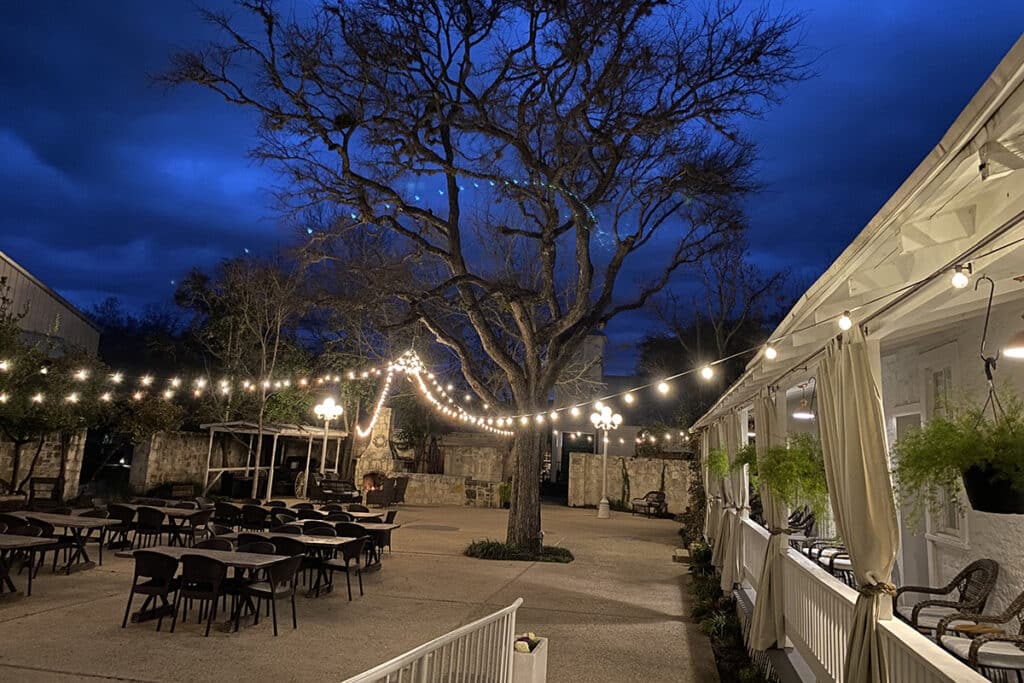When Barbara Phillips decided to relocate from Houston to her native San Antonio 13 years ago, she did so to be close to family and to give her 11-year-old son a chance to grow up knowing his grandparents. Though Houston had been good for her career, she never really enjoyed living there. But once resettled here, she had to figure out what to do. Her passion was tap dancing, and there was barely any on the local arts scene — no tap shows, few classes and certainly no company specializing in the genre. So Phillips took a sporadic job teaching tap and jazz at the Connally Dance Workshop and pondered her options. Organizing a national festival was not one of them. Yet that”s exactly what she”s been doing for the past 11 years. Called the Third Coast Rhythm Project Summer Festival, the event has put San Antonio on a national tap dance map by attracting dancers, teachers and scholars from across the United States “to study, share and celebrate this icon of American culture” in our fair city. The quote is from TCRP”s Web site, and it is an accurate if succinct way to describe the four days of classes, open jam sessions, film showings and presentations that take place during the festival. Scheduled this year for July 17-20, the gathering is expected to attract 250 participants, including a group from Mexico. The public showcase performance, Jazz on Tap, featuring the star instructors, will take place at the Charline McCombs Empire Theatre July 19 at 8 p.m.
The latter is a unique opportunity for San Antonians to see the range and virtuosity of today”s hoofers. The lineup includes Lane Alexander of the Chicago Human Rhythm Project; Las Vegas performer Jay Fagan; Acia Gray, artistic director of the Austin-based Tapestry Dance Co.; Diane “Lady Di” Walker, who appeared on Broadway in Black and Blue; and Derick Grant, the choreographer of the splashy 2006 revue, Imagine Tap. Also appearing will be Nicholas Young, a Stomp cast member; Pennsylvania-based teacher/dancer Nicole Hockenberry; and the incomparable Sam Weber, who will take your breath away. Phillips will join them as well.
“My whole life has changed for the better since I returned home,” says Phillips, who is the producing artistic director of TCRP. “I was able to develop the festival from virtually nothing, I am more in demand as a teacher around the country, and I have met my second husband, Doug Phillips. I couldn”t be more blessed than being married to the man I am married to.
He is my biggest supporter.”
But it wasn”t easy at first. In fact, it wasn”t even her own idea. The man who put the bug into her ear was Alexander, a nationally recognized artist who founded the aforementioned Chicago Human Rhythm Project, the oldest and largest American producer of tap and percussive dance concerts. Years before she moved back here, Phillips had met Alexander at the jazz dance congress in Chicago and had established a friendly professional rapport with him. Through the years, she would invite him down to Houston to do a residency or appear in a show, and he would invite her to lend a hand with his undertakings in Chicago. Alexander was not content just to do his thing, however; he had ideas for his colleague as well. “He was building up the Chicago Human Rhythm Project at the time, and I would go over there to help him with it,” recalls Phillips. “I didn”t know that I was being mentored for what I do now. Lane would say, “There”s nothing going on in your part of the country. You should start something like what we are doing here in Chicago.” I must say I resisted his suggestions. This was while I was still living in Houston, and I was a single mother. Houston was a stressful city to live in. I just didn”t feel like I could take on something like that. After I returned here and Lane kept prodding, I eventually decided to give it a try.”
The first event, in 1998, consisted of a modest “community-based” concert to honor National Tap Dance Day (May 25). It was a milestone nevertheless, as no such event had ever taken place in San Antonio. For the next five years, Phillips tried to market the festival to mostly local dancers but did not get the response she had hoped for. Once again, Alexander”s advice helped her out. “You are trying to build a national festival,” he told her. “You should market it accordingly.” That was the turning point. Third Coast has been growing steadily ever since. In the last couple of years, TCRP has also established a free outreach program through the Parks and Recreation Department, “to share these artists with people in San Antonio who can”t come to the festival.” In practice that means that the TCRP faculty go out into the community centers to work with local children. “The artists love it, and the kids love it,” says Phillips.
Still, she feels that the public is not fully aware of tap as a separate art form. In fact, people would say things like “I thought tap was dead.” That hurt! But there”s one part of the community that has a natural affinity for percussive dance, and that”s jazz lovers. The two art forms have common roots, and most tap music is basically jazz, as is the band accompanying the dancers at the showcase concert this month — the excellent Mark Rubinstein Jazz Trio.
PASSING THE ART FORM
TO NEW GENERATIONS
Like most dancers, Phillips started by taking ballet classes as a child. “But I didn”t have the body of a ballerina, and ballet did not really speak to me. It was like a foreign language,” she says. Tap, however, was more like her mother tongue. She took her first hoofing class at 7 and has never looked back. Which is not to say that she”s never engaged in other dance forms — she has, especially jazz — it”s just that she has always longed to slip on her tap shoes and start stomping the floor in whatever way the spirit moved her.
She explains that her generation of hoofers has strived to win respect for the art form that originally came out of the speakeasies and vaudeville and eventually gained greater visibility, thanks to movies with Fred Astaire and Gene Kelly. By the 1970s, the push for respectability had established solo improvisation in a concert setting as the preferred mode of showcasing the new masters of the genre.
These days, Phillips is devoting much time to teaching and choreography. She is the founder and artistic director of the RPM (Rhythm & Percussion in Motion) Youth Tap Ensemble, which is an audition-based group of pre-professional young dancers who perform January through July at local and out-of-town venues. Last December, five members of the troupe traveled with about 40 other American tappers to China to perform at the Beijing International Dance Festival. The Chinese audiences loved it.
I had the opportunity recently to watch the entire ensemble as they rehearsed for the National Tap Dance Day celebration, which TCRP presented at the Carver Community Cultural Center May 24. Dressed in sleek black Capri pants with black tanks, they practically shook the building with their powerful hoofing. On the program was a mixture of traditional pieces, such as the fast and light buck “n” wing number made popular by Bill “Bojangles” Robinson, and newly created numbers set on the RPM Ensemble. Among the latter were the lovely Autumn Leaves by Alexander, danced to the jazz version of the well-known pop ballad, and Staircase, choreographed by Californian Steve Zee.
Phillips likes to bring in other choreographers to work with her troupe. But the program also included Life Is, a number she choreographed with some assistance from one of the dancers, Amanda Jenkins. As a choreographer, process is more important to Phillips than the finished product. “I don”t choreograph in my head ahead of time,” she explains. “I do it on the spot, working through the process with the ensemble. Usually, I just say, “Let”s start with this structure and see where it goes.” I once asked Brenda Buffalino (founder of American Tap Dance Orchestra) about her approach to choreography, and she described a similar thing. She puts her dancers in a space, suggests a step or movement and tells them to move it in every way they can. Then she picks and chooses the parts she likes. I tried it, and it works great.”
Mostly, it”s about responding to the rhythms and mood of the music, but occasionally a song”s lyrics capture Phillips” attention enough to make her want to translate the content/message into movement. Such was the case with Life Is, which deals with exploring life to the fullest. Besides her work with RPM, Phillips has choreographed for other youth and university groups, as well as for the San Antonio Symphony Pops Series, back when Michael Krajewski was in charge of those lively concerts. She also teaches classes for adults at the Earle Cobb Studio here and at the Tapestry Dance Company in Austin.
Through her teaching, producing and choreography, she is doing her part in passing the tap heritage to new generations, and that is something she values greatly.
“I have the responsibility to pass it on because it was passed on to me. This is a unique part of American culture, and I want to share it with others,” she says.
Author: Jasmina Wellinghoff
Photographer: Janet Rogers




